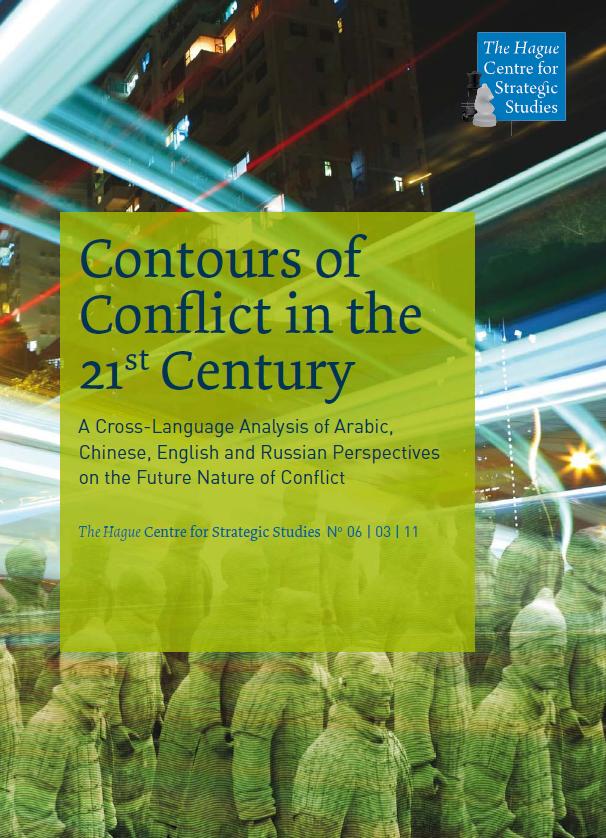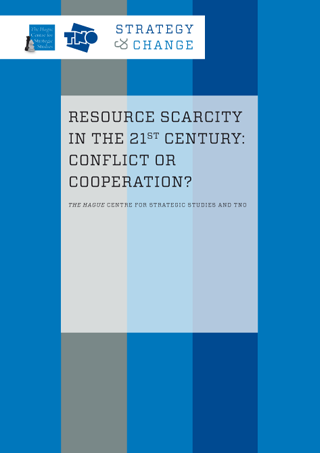Research
For this birthday publication, HCSS decided to extract and summarise some of the key trends that currently dominate the foresight community. These trends are widely acknowledged by some of the key global foresight studies as ‘robust’ drivers of the future. We have looked especially at recent foresight studies by a number of global actors that have invested significant time and effort to paint a ‘global picture’ in their own quests to orient themselves strategically. After identifying more than 300 individual trends described in these publications, we analysed the most frequently named trends and combined these with insights drawn from the broader HCSS Metafore Database.
The report provides a rough synthesis of these supposedly ‘robust’ trends. It is organised around six themes, seeking to describe the principal dimensions of human existence. These themes are:
• our natural environment (ecology);
• the size, distribution and shape of the world population (people and
demographics);
• the tools and knowledge we use (science and technology);
• our system of production and exchange (economy);
• the dynamics of the security environment (geopolitics and security);
• the way we live together (society and culture).
Readers of this publication will not be surprised by these trends. They are frequently mentioned in both the popular and the specialised press. But in our extensive work with foresight studies, we have become increasingly struck by a number of pathologies that seem endemic to this field. We will explain these
in some more detail in another section of this publication. But to illustrate the transient and faddish nature of much foresight work we already want to present a few recent examples whereby (perceived) ‘cues’ from the present are used to forge one particular ‘consensus’ view of the future, thereby ignoring or even suppressing alternative or outlier views .
To provide some broader perspective on some of these issues, the body of this publication sets out to do three things. We will start by summarising the ‘conventional wisdom’ about the future of some key global themes. We will then proceed with a number of important counterarguments that are sometimes given short shrift in the quest of a ‘consensus’, a shared narrative about the future. By doing so, we hope to puncture some holes in the ‘conventional wisdom’. It is not our intention to claim that the prevailing narrative about the future is necessarily wrong. But we do want to emphasise that the ‘wisdom du jour’, in its quest for a unique future, often underestimates important and countervailing trends or arguments that may be as plausible as the prevailing ones.
Finally, we also want to illustrate the often underestimated extent to which various issues are interconnected. The ability to analyse current and future developments from a truly systemic point of view, and to identify the causal cross-linkages between trends over the entire spectrum of human activities, is invaluable in the ever more closely interconnected world of the 21st century. This is neither fully an art nor entirely
a science, but requires a combination of subject and system matter expertise complemented with a healthy dose of modesty, creativity and methodological versatility.





